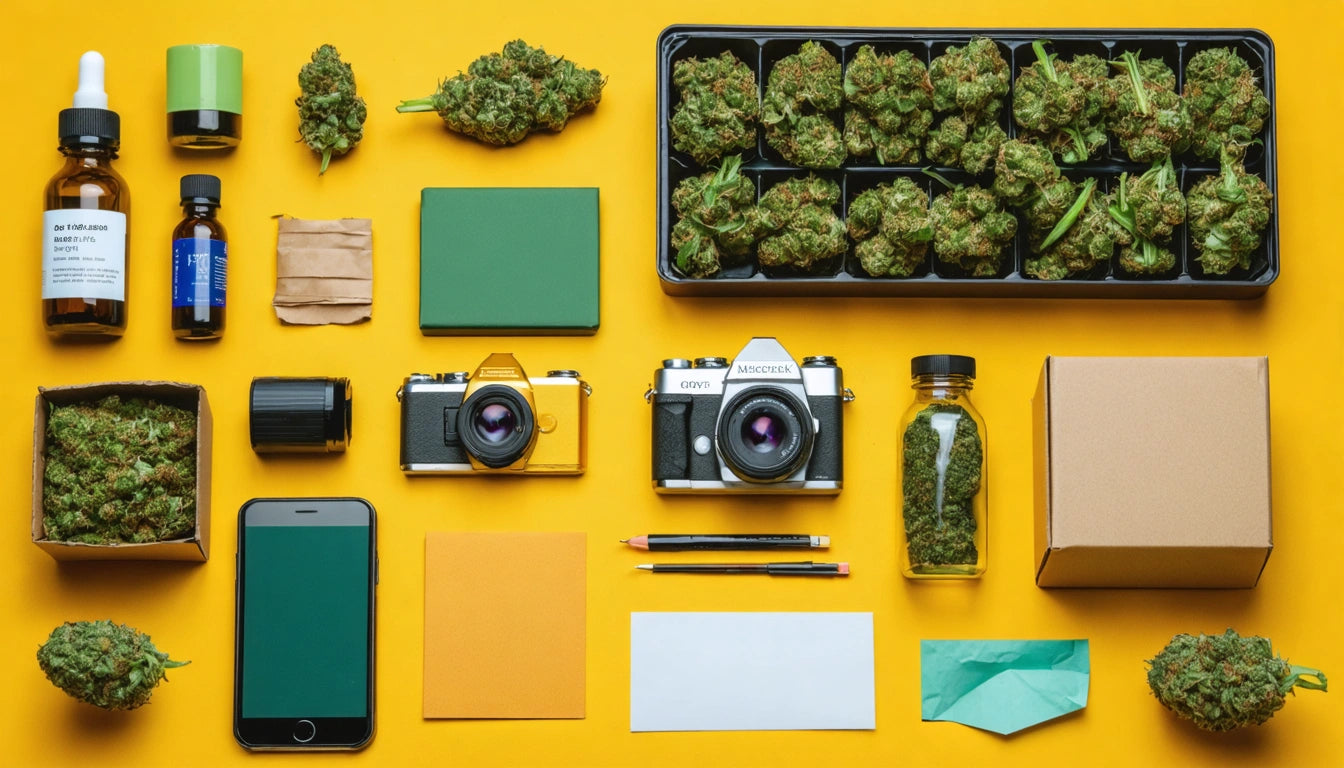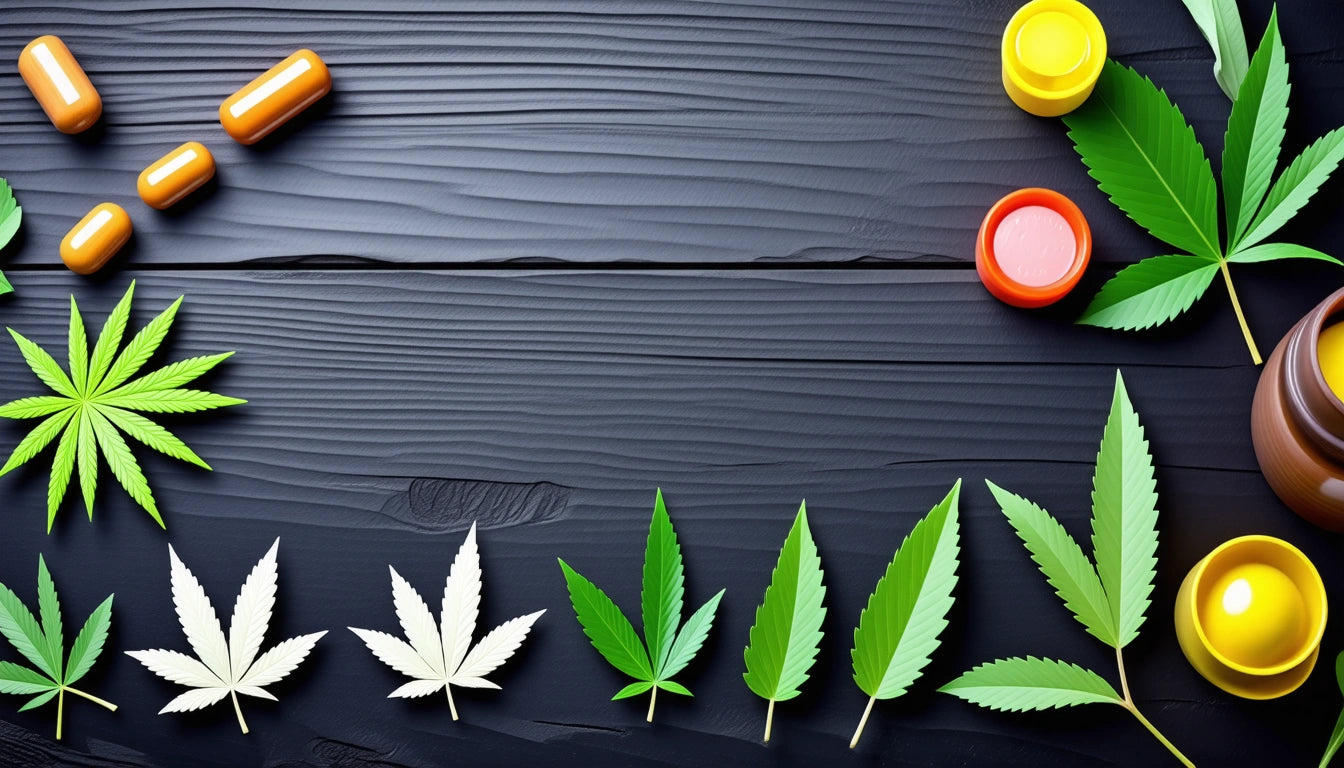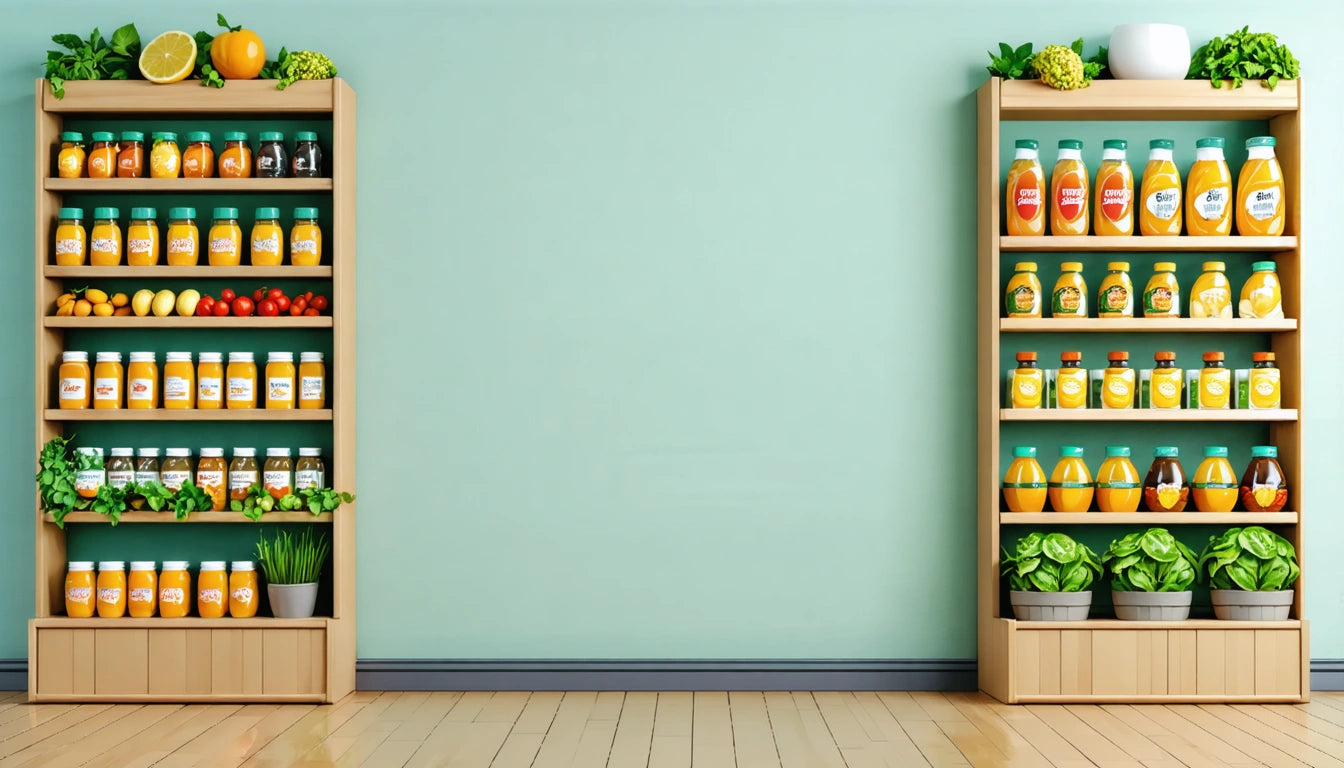The Unspoken Importance of Packaging Weight
In the cannabis industry, packaging weight often remains an overlooked yet critical factor affecting everything from shipping costs to consumer satisfaction. While brands focus on compliance, aesthetics, and branding, the physical weight of packaging quietly impacts profit margins, sustainability efforts, and operational efficiency. Understanding these connections can help cannabis businesses make more informed packaging decisions.
Impact of Packaging Weight on Business Costs
Packaging weight directly affects shipping expenses, which can significantly impact overall operational costs. Heavier packaging requires more fuel for transportation, increasing carbon footprint and delivery expenses. For cannabis businesses shipping products across states or managing multi-location operations, even small weight reductions can yield substantial savings.
Consider these cost factors affected by packaging weight:
- Shipping rates that scale with weight tiers
- Warehouse storage space requirements
- Fuel consumption during distribution
- Carbon offset costs for sustainability-focused brands
As this detailed analysis shows, reducing packaging weight by just 10% can lower shipping costs by 3-8% depending on distance and carrier.
Consumer Experience and Packaging Weight
Beyond business costs, packaging weight significantly influences consumer perception and experience. Lightweight packaging can feel cheap or flimsy, while overly heavy packaging might seem wasteful or cumbersome. Finding the right balance is essential for positive user experience.
The physical interaction with packaging begins the moment a consumer picks up a product. Packaging handles and weight distribution work together to create that crucial first impression. For products like vape cartridges or concentrates, where the actual product weight is minimal, excessive packaging weight becomes particularly noticeable to consumers.
Regulatory Considerations for Cannabis Packaging Weight
Compliance requirements often inadvertently increase packaging weight. Child-resistant features, tamper-evident seals, and required thickness standards all add weight to cannabis packaging. However, innovative designs are emerging that maintain compliance while reducing overall weight.
Some regulatory considerations include:
- Child-resistant mechanisms that add structural weight
- Required barrier properties that necessitate heavier materials
- Durability standards that prevent using ultra-lightweight alternatives
- Secondary packaging requirements for certain product categories
Material Selection for Optimal Weight Management
Material choice significantly impacts packaging weight. Glass provides premium feel but adds substantial weight, while flexible pouches offer lightweight alternatives that may sacrifice perceived quality. New bioplastics and composite materials are emerging that balance weight concerns with sustainability and performance.
When selecting materials for optimal weight, consider:
- Recycled HDPE and PET options that maintain strength with less material
- Mylar pouches that offer barrier properties at minimal weight
- Paperboard solutions with strategic reinforcement rather than overall thickness
- Aluminum containers that provide protection with less weight than glass
Operational Efficiency and Packaging Weight
Packaging weight affects production line speed, equipment needs, and staff handling. Lighter packaging typically moves through production lines faster and requires less robust filling equipment. Our automated filling systems can be calibrated for different packaging weights to optimize throughput and minimize product waste during the filling process.
Operational considerations include:
- Filling equipment compatibility with lightweight containers
- Storage capacity optimization with space-efficient packaging
- Reduced worker fatigue when handling lighter packaging units
- Simplified automation with standardized, lightweight designs
Future Innovations in Lightweight Cannabis Packaging
The cannabis packaging industry continues to evolve with innovative approaches to weight reduction. Nanotechnology applications in packaging materials promise stronger barriers with thinner films. Biodegradable polymers are becoming more durable while maintaining their environmental benefits. Even traditional materials like glass are being reimagined through techniques like internal etching that maintain strength with less material.
Forward-thinking cannabis brands are already exploring these innovations, recognizing that packaging weight optimization represents a competitive advantage in terms of cost savings, sustainability credentials, and consumer appeal. As the industry matures, expect to see more sophisticated approaches to balancing the competing demands of compliance, protection, brand expression, and weight management.
By addressing packaging weight strategically rather than as an afterthought, cannabis businesses can improve margins, enhance sustainability efforts, and create better consumer experiences, all while maintaining regulatory compliance.











Leave a comment
All comments are moderated before being published.
This site is protected by hCaptcha and the hCaptcha Privacy Policy and Terms of Service apply.